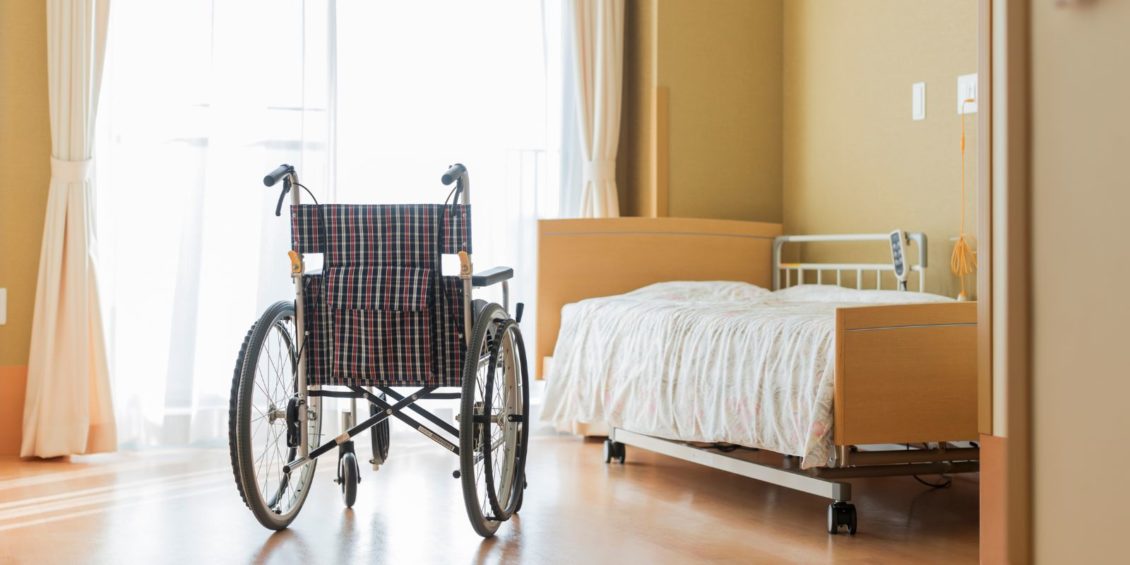It is essential for all nursing home residents, their families, and the public to understand how malpractice claims work in cases of nursing home abuse. Inaccurate information circulating about malpractice and nursing home abuse can result in citizens being denied justice in these cases, as well as them being forced to endure an unnecessarily long and arduous process, which can lead to financial loss and emotional stress. It is, therefore, vital to be informed of the legal processes and remedies available to those affected by nursing home abuse.
In this blog post, we will be examining how malpractice claims work in a nursing home abuse case and the necessary steps to ensure victims and their families are provided with the legal protection they are entitled to. We will be exploring the different types of malpractice claims, the legal evidence required to initiate a claim, and the best practices for seeking reparations in a case of nursing home abuse.
- Exploring the definition of medical malpractice
Medical malpractice is defined as the failure of a medical professional to meet a standard of acceptable medical care. It can be caused by negligence, ignorance, or recklessness and can result in injury, disability, or death to a patient. In addition, medical malpractice claims may be filed in the event of a diagnosis error, improper treatment, or lack of informed consent. In a nursing home abuse case, medical malpractice claims may be filed if a resident’s care is not provided in accordance with the established standard of care.
- Analyzing the different types of nursing home abuse
It is important to understand the common types of abuse, such as physical, emotional, sexual, and financial, as well as neglect. Abuse can take on a variety of forms, so it is important for potential claimants to recognize and be able to differentiate between the types. It is also necessary to look at the signs and symptoms of the different types of abuse, and to be aware of the legal implications of filing a malpractice claim for nursing home abuse.
- Evaluating the rights of the victims in a malpractice case
It is essential to determine who is liable for the harm that has been inflicted, as well as how much in damages should be awarded. Evaluating these rights can involve a variety of steps, including reviewing medical records and interviewing witnesses. In some cases, an expert witness may be called upon to evaluate the situation and provide testimony. Additionally, it is important to consider the laws that are in place that protect victims from harm and assess whether the nursing home has violated any of these laws.
- Examining the process for filing a malpractice claim
This process involves carefully documenting the incident, gathering evidence and witnesses, and ensuring the complaint is filed within the statute of limitations. In cases of nursing home abuse, the victim or their representatives must present a valid claim to the courts, outlining the negligence and damages suffered. This can be a difficult task, and it is recommended that a qualified attorney be consulted to help facilitate the claim and ensure the best possible outcome.
- Assessing the role of expert testimony in a malpractice case
Expert testimony can also provide insight into the extent of the damages suffered due to the negligence. When evaluating the role of expert testimony, it is important to consider the qualifications of the expert, their reputation, and the relevance of their testimony to the case. Additionally, it is important to ensure that the opinions of the expert are based on valid and reliable research, and that the expert has solid experience in the relevant area of medicine or law.
- Investigating the evidence needed to prove a nursing home abuse case
In order to prove that a nursing home is liable for any type of neglect, abuse, or exploitation of a resident, there must be clear evidence that the facility failed to provide the adequate care needed to ensure the safety and well-being of the resident. It is important to collect evidence that shows that the conditions were unsafe or below the standards mandated by law. Additionally, it is necessary to look into the facility’s training methods, policies, and procedures to determine if they are in line with what is expected of them.
- Determining the financial compensation for a successful malpractice claim
The nursing home abuse case should be reviewed by an experienced malpractice attorney who understands the prevailing laws and regulations in the jurisdiction where the claim is brought. The attorney will review the facts of the case, analyze the applicable laws and regulations, and determine the amount of damages that should be awarded to the plaintiff. The amount of damages awarded will depend on the severity of the injuries suffered, and the amount of medical bills and other costs incurred as a result of the malpractice.
- Exploring the statutes of limitation for filing a malpractice claim
Generally, an individual has two years to file a malpractice claim in state court and six years to file a malpractice claim in federal court. It’s important to note that state laws may vary and the clock may begin to run at the time of the alleged malpractice or at the time the injury was discovered. Furthermore, many states also have statutes of repose which limit the amount of time after the malpractice occurred that a claim may be filed.
- Identifying the available legal remedies for victims of nursing home abuse
Depending on the state, victims may be able to pursue a variety of legal remedies, including medical malpractice claims, civil negligence suits, and even criminal charges. These legal remedies can help victims of nursing home abuse recover compensation for damages such as medical expenses, lost income, and pain and suffering. It is important to understand the legal remedies available in order to pursue the proper course of action when it comes to nursing home abuse cases.
- Examining the potential for punitive damages in a nursing home abuse case.
Tenth, examining the potential for punitive damages in a nursing home abuse case can also be beneficial. Punitive damages are a form of relief meant to punish a wrongdoer for their outrageous conduct and deter them from committing similar conduct in the future. These damages are available in some nursing home malpractice cases when the defendant’s conduct is found to be malicious, willful, or wanton. In these cases, the plaintiff may be able to recover additional damages meant to punish the defendant and discourage similar conduct in the future.
Conclusion
It is important to understand the process of filing a medical malpractice claim in the case of nursing home abuse. It is crucial for victims to seek legal help from a skilled lawyer to ensure that their rights are properly protected and that they receive the justice they deserve. The legal professionals at Levine and Wiss are ready to help victims and their families navigate this difficult process and put their best interests first.








Leave a Reply
View Comments